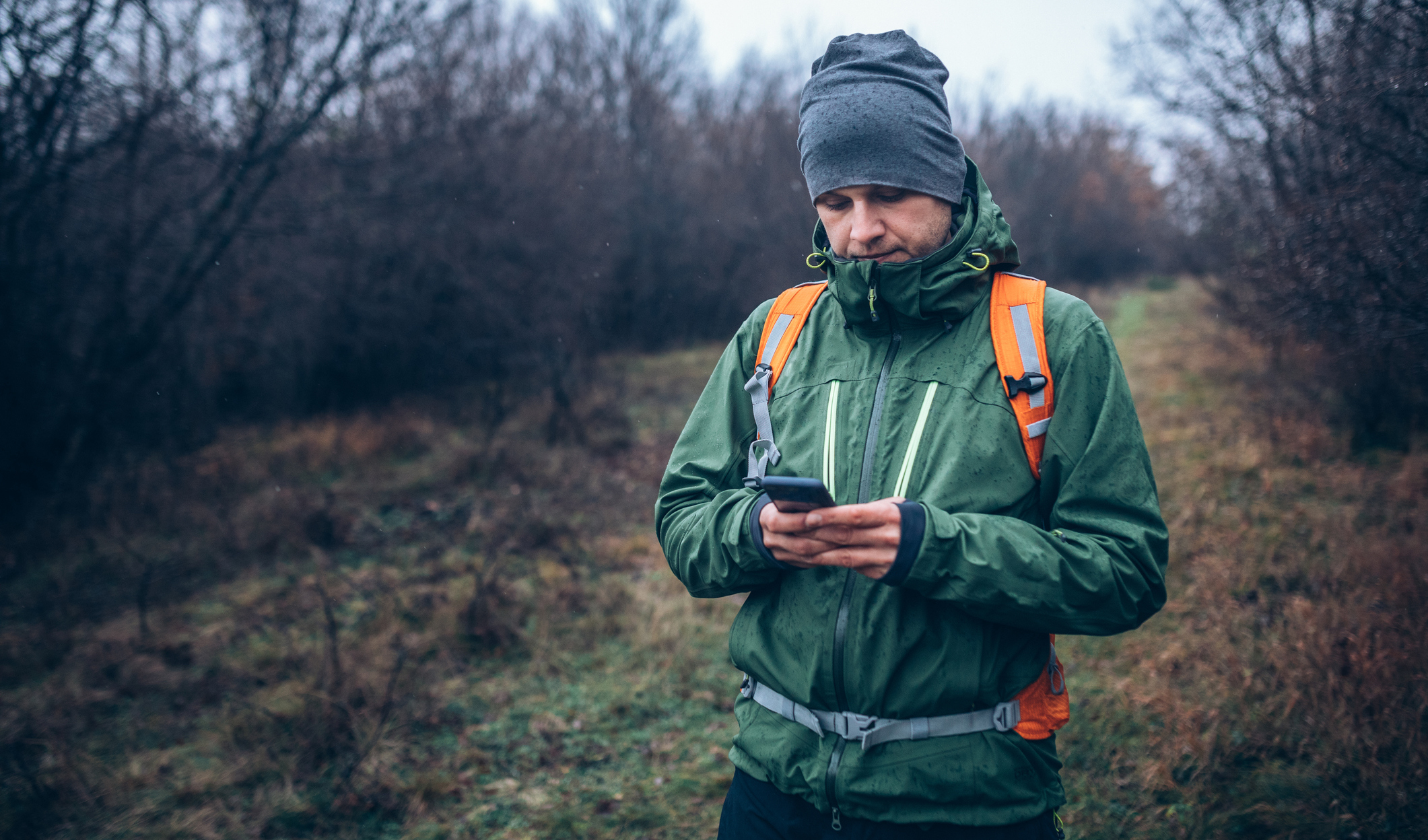Research & Education
Boosting Public Involvement with Citizen Science


Imagine that you’re visiting your favorite trail. You see impacts caused by people — maybe the path is eroding or seems twice as wide as it was a year ago. Or you notice fire rings where you don’t think they should be. What if you could use an app on your phone to record objective information about those impacts and easily share it with a land manager and Leave No Trace? That’s what Leave No Trace Citizen Science is all about.
The Leave No Trace Center is actively raising funds to support Citizen Science. Please contact Foundations Director Mark Eller ([email protected]) if you or a foundation you know might be interested in advancing this work. Look for updates about the Leave No Trace Citizen Science by signing up for eNews today!
The Center is expanding its Citizen Science program, including a new technology platform provided by CitSci.org, a third-party provider that hosts hundreds of similar projects around the globe. Participants receive guidance and instruction enabling them to record field-based observations related to Leave No Trace such as:
- Trail impacts—measure trail width and record comments about condition, evidence of erosion, and trampling. Record where user-created, non-system trails exist.
- Trash counts—observe instances of litter from a fixed point, and observe where trash containers are located.
- Campsite conditions—record geospatial data about the location, size, and condition of campsites, including the presence of fire rings, damaged vegetation and other factors.
- Signs—observe instances of Leave No Trace messaging and other types of environmental awareness messaging as depicted by park signs, kiosks, and other information points.
The Center recently conducted two Citizen Science pilot projects at Colorado and Arizona Hot Spots. They proved to be successful examples of how Leave No Trace partners, land agencies and the Leave No Trace Center can collaborate on community-based monitoring of natural resource impacts.
In addition to boosting individual engagement, Leave No Trace Citizen Science benefits the public good by collecting meaningful data about natural areas. The curriculum incorporates the guidelines provided by Next Generation Science Standards (NGSS) and North American Alliance for Environmental Education (NAAEE), ensuring that it will be well suited for youth education programs, especially those with a STEM (Science, Engineering, Technology and Math) emphasis. Participants will increase their knowledge of Leave No Trace practices as they observe the effects of human recreation on natural areas.
The Center’s land agency partners are excited about the potential of Leave No Trace Citizen Science. Lisa McBride, the National GIS Program Manager for the U.S. Forest Service, has shared her encouragement about the Center’s Citizen Science plans:
“This could be the perfect project to help us stretch the envelope of citizen involvement. I have been thinking about a project like this for the past five years, one that enlists the public in monitoring forests.”
Related Blog Posts
Let’s protect and enjoy our natural world together
Get the latest in Leave No Trace eNews in your inbox so you can stay informed and involved.

